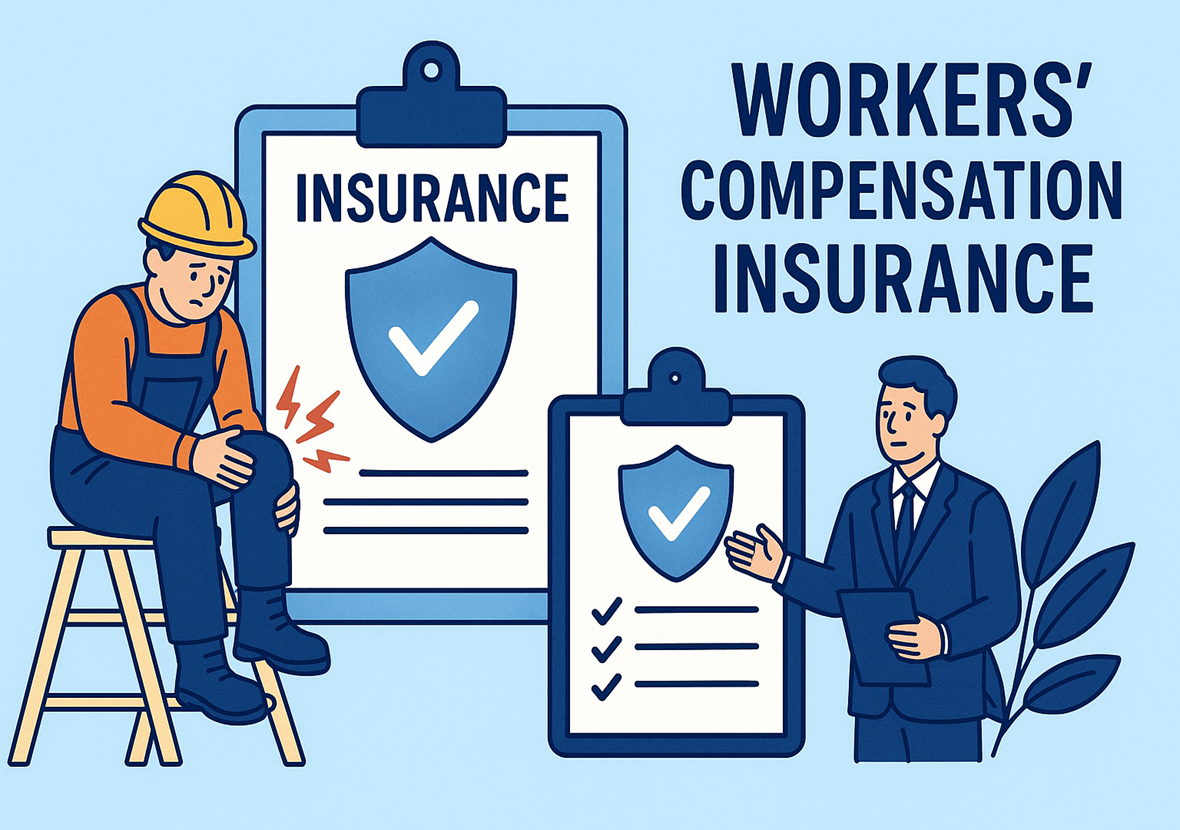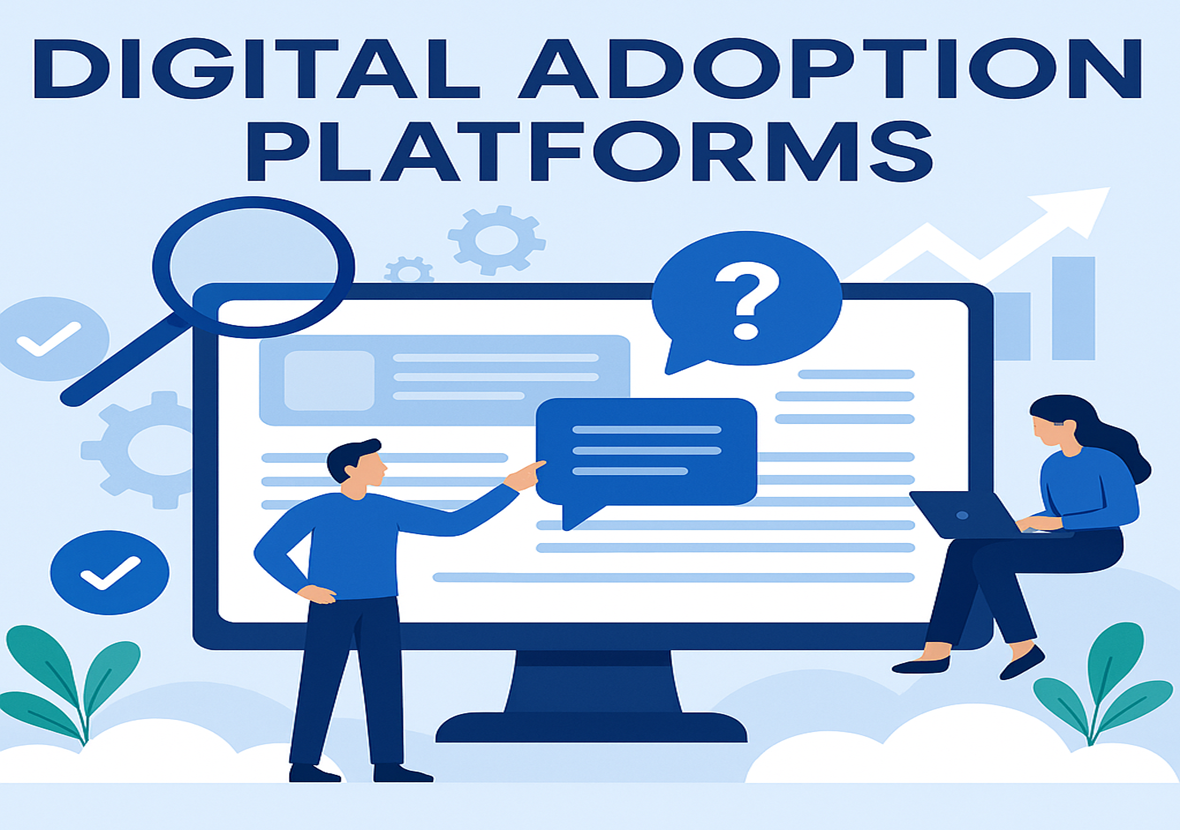How Gamified Learning Is Making Education More Fun and Effective
Let’s be real—most of us have endured a class or training session that felt more like a chore than a learning opportunity. Traditional education methods, with their lectures and rigid assessments, often struggle to hold the attention of today’s learners. That’s where gamified learning platforms come in, transforming education by blending game mechanics with instructional content to make learning more engaging, interactive, and effective.
With digital natives shaping classrooms and workplaces, the need for dynamic, tech-driven education solutions is growing fast. Research shows that gamification can boost student engagement by up to 60% and improve retention rates by as much as 90% in some cases—a huge win for teachers, students, and employers alike.
In this post, we’ll dive into the impact of gamified learning. We’ll break down what gamification really means, the psychology behind why it works, standout platforms that are leading the way, and practical tips for educators and businesses looking to implement these tools. Whether you’re a parent, teacher, student, or corporate trainer, this guide will help you understand why gamified education isn’t just a trend—it’s the future.
What Is Gamified Learning? A Quick Breakdown
Gamified learning refers to the use of game elements—like points, badges, leaderboards, levels, and challenges—in educational contexts. Unlike serious games that are designed as stand-alone game experiences, gamified learning adds game mechanics to non-game settings to enhance motivation and user engagement.
At its core, the idea is to tap into what makes games so compelling—achievement, progress, competition, and rewards—and apply that to education. When learners see tangible progress and earn recognition for completing tasks, they’re more likely to stay motivated and keep learning.
Gamification isn’t limited to children’s apps or flashy educational games. It’s being used in online course platforms, mobile apps, employee onboarding systems, and even university classrooms. From Duolingo’s streak system to Khan Academy’s badges and Google’s internal training modules, gamification is reshaping how we learn at every age and stage.
Why Gamification Works: The Psychology of Play
Gamified learning isn’t just a trendy buzzword—it’s backed by psychology. One of the main reasons gamification is effective is that it triggers intrinsic motivation. Learners aren’t just working for grades or outcomes—they’re genuinely enjoying the process.
Game elements such as rewards, feedback loops, and progress tracking appeal to basic human needs: autonomy, competence, and relatedness. These are the same psychological triggers that video games use to keep players coming back.
For instance, when learners complete a module and earn a badge, their brain releases dopamine—a chemical associated with pleasure and satisfaction. This creates a positive association with the act of learning. Over time, these small wins build a powerful sense of achievement and momentum.
Moreover, gamified systems often support self-paced and adaptive learning. This means users can progress at their own speed, face increasingly difficult challenges, and revisit content without fear of failure. These factors reduce anxiety, boost confidence, and make it easier for learners to absorb and retain information.
Real-World Examples of Gamified Learning Platforms
Some of the most popular and effective educational platforms have embraced gamification, and their success speaks for itself.
Duolingo is perhaps the best-known example. This language-learning app uses a streak counter, hearts (lives), experience points (XP), and leaderboards to keep users engaged. Users are rewarded for consistent practice, and the app’s bite-sized lessons make it feel more like a game than a chore.
Kahoot! is another standout. Frequently used in classrooms, it turns quizzes into live, fast-paced games that students can join from their devices. Teachers can instantly see which concepts are sticking and which ones need review.
In the corporate world, Axonify uses gamification to deliver microlearning modules to employees. Workers receive training in short, game-like bursts and earn points, badges, and rankings based on performance. This approach has helped companies boost knowledge retention and compliance.
Even higher education is getting in on the action. Platforms like Classcraft transform classroom management into a role-playing game where students earn points for positive behavior and teamwork. This keeps students motivated while teaching them soft skills like collaboration and accountability.
The Benefits of Gamified Learning for Different Audiences
For students, gamified learning enhances attention and boosts retention. Because games naturally encourage repetition and problem-solving, they align well with how children and teens absorb new information. Gamified platforms can also be inclusive, allowing students who might struggle with traditional methods to excel through interactive experiences.
For teachers, gamification provides valuable data and insights. Many platforms offer dashboards that track student progress and highlight learning gaps. This allows for more personalized instruction and faster intervention when needed.
In corporate training, gamified tools increase employee engagement and reduce training fatigue. Employees are more likely to complete onboarding and upskill training when the process is interactive and rewards progress. This leads to higher knowledge retention and stronger workplace performance.
Adult learners, especially those in continuing education or professional development, often benefit from the self-paced nature of gamified courses. They can engage with content during their own time and feel rewarded for their efforts in a way that traditional lectures don’t offer.
Challenges and Limitations of Gamified Learning
One major concern is that gamification can sometimes prioritize extrinsic rewards (like points and badges) over true learning. If the system isn’t carefully designed, learners might focus on “beating the game” rather than mastering the material.
There’s also the risk of overcomplication. Adding too many game mechanics can distract from the educational goals or confuse users, especially if the platform isn’t intuitive.
Another issue is accessibility. Not all learners have equal access to technology, and not all instructors are trained to implement gamified tools effectively. Without proper support, gamification can widen the digital divide rather than close it.
Finally, gamification must be inclusive and adaptable. Not all learners are motivated by competition or points. Some prefer collaboration, narrative, or creative expression. The best gamified platforms allow for multiple pathways to success, ensuring all users stay engaged.
Tips for Educators and Organizations Adopting Gamification
If you’re considering adding gamified learning to your educational toolbox, start small and build from there.
Begin by identifying your learning objectives. What skills or knowledge do you want learners to acquire? Choose game mechanics that naturally support those goals. For instance, a leaderboard might work for a competitive environment, while a progress bar might be better for self-paced modules.
Use data to measure effectiveness. Track which activities lead to the best learning outcomes and adjust accordingly. Platforms with built-in analytics can help here.
Don’t forget to test and gather feedback. Let learners share what’s working and what isn’t. This will help you refine your approach and ensure your system stays engaging over time.
Finally, make sure the platform you choose is mobile-friendly, easy to use, and aligned with your audience’s preferences. Whether it’s students in a classroom or professionals in a training program, a seamless experience is essential for sustained engagement.
Conclusion
Gamified learning platforms are redefining education by making it more interactive, motivating, and effective. By turning lessons into engaging experiences, they help learners stay focused, retain more information, and actually enjoy the process.
From classrooms to boardrooms, the use of game-based strategies is proving that learning doesn’t have to be dry or daunting. It can be dynamic, rewarding, and fun. Whether you’re teaching kids algebra or training employees in cybersecurity, gamification offers a better way to educate and inspire.














